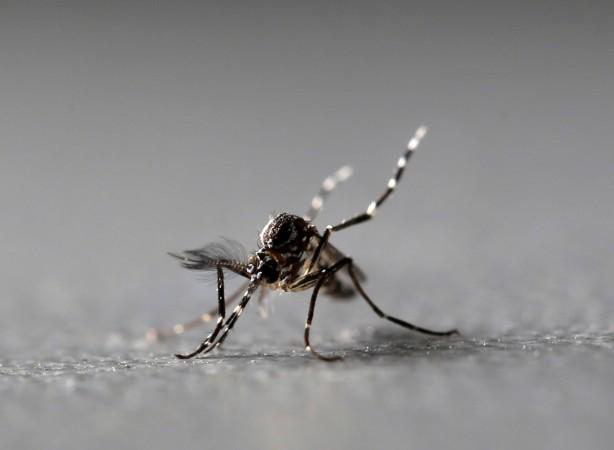
If scientists have their way, soon controlling mosquitoes that transmit diseases like Zika, dengue and chikungunya through a pioneering method using the nuclear-based sterile insect technique (SIT) would be possible.
Mosquito turns more dangerous; can transmit chikungunya and Zika virus in a single bite
The SIT is a type of "birth control" wherein wild female insects of the pest population do not reproduce when they are inseminated by radiation-sterilised male mosquitoes which are released in the area. It's a method of area-wide pest control to reduce reproduction in a field population of the same species.
As female mosquitoe bites result in the spread of such diseases, sterilisation is induced in male mosquitoes through the effects of ionising radiation on their reproductive cells.
Steps involved in the SIT first require separating male and female mosquitoes and then mass-rearing male mosquitoes to be sterilised through radiation. Thus mass-reared sterilised male insects are then released in the target area where they mate with female wild insects, resulting in no offspring and, over time, reducing the overall insect population.
However, the crucial challenge facing scientists so far has been the lack of a reliable method to remove females – who are primarily responsible for spreading the disease – from among the mosquitoes that are released.
The International Atomic Energy Agency and the Food and Agriculture Organization of the United Nations (FAO), with the participation of experts from 13 countries, are finding alternative methods for what insiders called "sexing" of mosquitoes, including against the Aedes mosquitoes, in the development and application of SIT.
Currently, a manual method is used to separate males from females in countries where the use of SIT against the Aedes mosquitoes is being tested or planned, such as Brazil, China and Mexico. Female pupae – the stage in the life of insect between the larvae and the adult stage – are larger than male pupae, and that offers a way to distinguish and remove females before release.
However, separating pupae manually is labour-intensive and is not practical for rearing tens of millions of mosquitoes required for a large scale SIT implementation to protect cities from disease transmission, said Rui Cardoso-Pereira, a SIT expert at the joint FAO/IAEA Division of Nuclear Techniques in Food and Agriculture.
In the most recent breakthrough, researchers at the Spanish government's TRAGSA institution, which works on environmental sciences and coordinated with the IAEA-FAO project, have now built the prototype of a device that can most successfully differentiate male and female mosquitoes via artificial vision and then eliminate the females with the use of laser beams.
"The device consists of a rotating disk to distribute the mass-reared pupae, which are then analysed using software that can distinguish the sexes based on size," explained Ignacio Plá Mora of TRAGSA's Pest Control Department.
Initial test results show a marked improvement from those manual methods that are currently in use. The new prototype device could eliminate up to 99.7% of the females while up to 80% of the males survived that could be released.
Now, researchers are working to further accelerate the processing of a million Aedes males a day currently to the level of industrial production to make individual towns or villages free from the menace of the Aedes mosquitoes-borne diseases like Zika, dengue and chikungunya, among others.

















